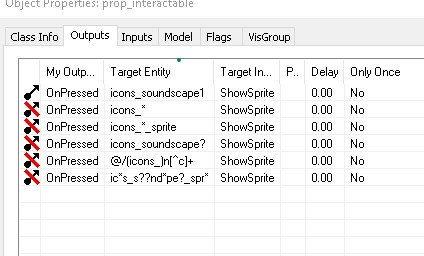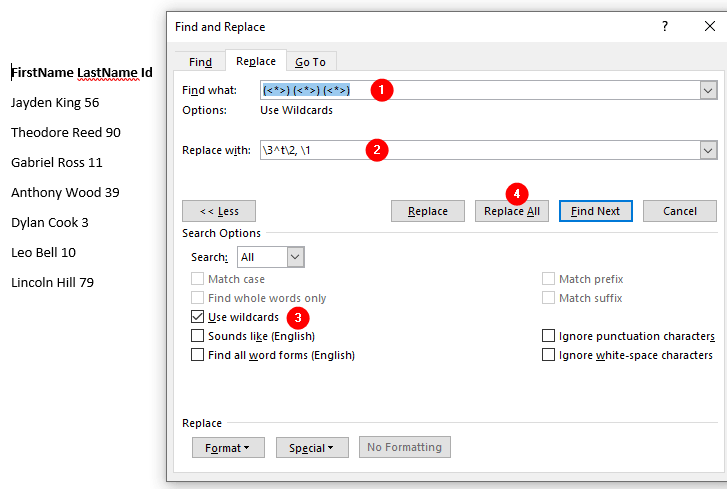

public static string WildcardToRegex( string pattern) / A regex equivalent of the given wildcard.

: base(WildcardToRegex(pattern), options) public Wildcard( string pattern, RegexOptions options) / /// Initializes a wildcard with the given search pattern and options. / /// Initializes a wildcard with the given search pattern. / /// Represents a wildcard running on the Prepend ^ and append $ to specify the beginning and end of the pattern.Once escaped, * becomes \* and ? becomes \?, so we have to convert \* and \? to their respective regex equivalents.Wildcards use only * and ?, so the rest of the text has to be converted to literals. Escape the pattern to make it regex-safe.

There are three steps to converting a wildcard to a regex: Note: This method is good enough for most uses, but if you need every ounce of performance with wildcards, here is a good place to start. I personally need wildcards to handle the HttpHandlers tag in web.config files. The most obvious example is in the file search functionality of practically all OSs - there aren't many that don't accept wildcards.
#Transnomino regex wildcard how to#
I found that I had to dig around for a while to figure out how to do it properly.Įven though regexes are a lot more powerful, wildcards are still good in situations where you can't expect the user to know or learn the cryptic syntax of regexes. But it's not always easy to figure it out either. NET? It's not hard, all you have to do is use regular expressions. Green means yes, and red means no.Ever wondered how to do wildcards in. The second field in the screenshot (in step 4) lets you place the URL of other pages to see if it will match the pattern. In the above example, the some-product is the changing variable, so I remove some-product and replace it with *. You need to remove that * and place it in the appropriate location. Our system will default take the URL you entered and place an * at the end of the line. A wildcard pattern allows you to replace parts of the URL that change based on the product with an asterisk. Let’s use a product details page as an example. It is under step 4 that you will configure the pattern matching. The URL you use for the main report needs to match the wildcard or RegEx pattern.

Setting up a Snapshot to track by wildcard or regular expression is straightforward. Now you are ready to configure your wildcard settings. Scroll down to the Tracking Options section and choose either Use a Wildcard or Use a Regular Expression.Ĭlick on (in this example) Setup a Wildcard. We assume you have chosen the correct method to create the snapshot - either using the traditional single snapshot method or Page Camera. This example starts from the snapshot configuration page. While this example will show you how to set up a wildcard snapshot, please note that you will also follow the same steps for creating a Regular Expression (RegEx) snapshot. Create a Wildcard Snapshot - Step by Step The URL captures a screenshot and aggregates results from pages that match the wildcard or regular expression pattern to the screenshot. When tracking with a wildcard or regular expression, a valid URL that uses the page layout you'd like to track is required. Articles like product pages share the same layout and can be tracked using a wildcard or regular expression. Another example would be an article/blog post page. Most product detail pages share the same layout the only difference is the displayed product. Pages that share the same layout are ideal for tracking with wildcard an example of this would be product detail pages.


 0 kommentar(er)
0 kommentar(er)
